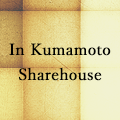
If you are interested in living in a shared house, many of you people should have wondered “How will I pay for utilities and common service fee in a shared house?”
Normally, there are three major ways to pay for utilities in a share house.
(1) Rent + common service fee (fixed amount including utilities)
(2) Rent + common service fee + utilities (fixed amount)
(3) Rent + common service fee + utilities (bills will be split every month)
Basically, the utilities fee is included in the “common service fee” category, and you pay about 10,000 to 15,000 yen per month.
Especially if you live in a shared house where you pay the above first case as “rent + common service fee,” management of your finances will often be easier. You will be able to save money on living expenses and save money.
In this article, we’ll take a look at
– The average cost of utilities in a share house
– What the common service fees are in a shared house
– How to pay for utilities in a shared house
– Recommended payment methods
– How to pay for utilities in a Hidamari’s shared houses.
– Recommended Hidamari’s shared houses with a cheap price of utilities
If you’re thinking of living in a shared house, the following information will help you out.
Many shared houses fix the utilities cost, average at around 10,000 yen

The utilities cost in most shared houses are set at an average of 10,000 yen.
The following fees are included in the utilities fee.
– Water bill
– Electricity
– Gas
Since the monthly payment is set at 10,000 yen, the fee will basically remain the same whether you use less or more. Since it is a fixed price, it is easy to keep track of the payment.
However, it is difficult to know whether this price is expensive or cheap, especially for people who have no idea about how much the utilities fees are in general.
So, let’s take an example of the utilities bill of a rental apartment. The following is a list of utilities bill for a single person living alone.
– Water bill: 2,000 to 3,000 yen
– Electricity: 3,000 to 6,000 yen
– Gas: 3,000 to 6,000 yen
For a single person living alone, the total of all of these costs is often between 10,000 and 15,000 yen. Depending on the season, if you use an air conditioner more frequently, it can go up a few thousand yen from here.
On the other hand, in a shared house, no matter how much you use water or electricity, there is no change from the set fee. In addition, you pay for utilities as a “common service fee”.
This fee includes not only utilities, but also the internet and many other things. Therefore, when looking at living expenses in general, shared houses are more economical in most cases.
We’ll explain more about common service fees in the next section.
What are the common service fees in a shared house?

The common service fees in a shared house is the cost of things used in common.
The following is the examples;
(1) Internet fee
(2) The cost of hiring a cleaning service.
(3) Daily necessities such as toilet paper
(4) Condiments
(5) Replacement cost of cooking utensils and appliances
In an apartment for a single person, the “common service fee” refers to the money paid for the entrance, elevators, and other spaces used by residents.
In contrast, in a shared house, the “common service fee” is often referred to as the cost of Wi-Fi usage, daily necessities, etc.
The breakdown of common service fees varies from shared house to shared house, as well as the pricing. Before moving into a shared house, be sure to check with the landlord to see how much the common service fee is.
We’ve explained the common service fee, but the method of payment also varies in each shared house. Also, depending on the payment method and breakdown, it may or may not be affordable.
In the following section, we’ll explain the three ways to pay for utilities in a share house, along with the advantages and disadvantages of each.
Is the utilities cost in a shared house included in the common service fee? There are three main ways to pay for utilities in a share house.
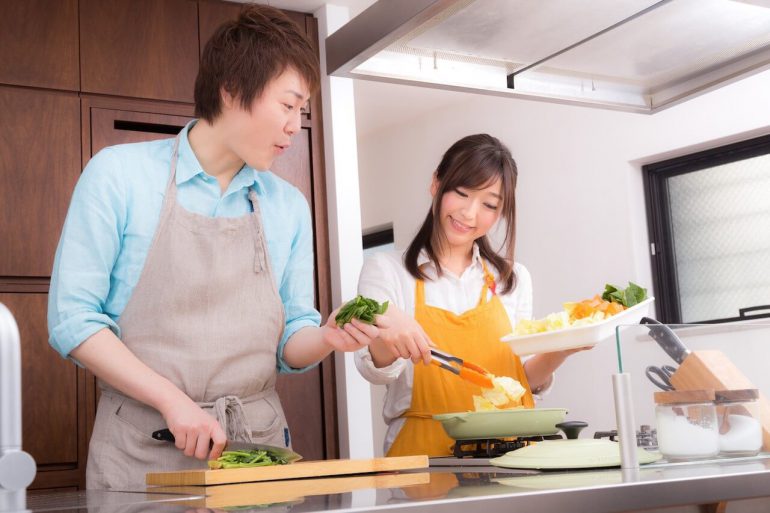
The major three ways to pay for the utilities expense are as follows;
(1) Rent + common service fee (fixed amount including utilities)
(2) Rent + common service fee + utilities (fixed amount)
(3) Rent + common service fee + utilities (bills will be split every month)
While the rent can be considered separately for each shared house, the payment of utilities and common service fees seem to be different in each shared house.
Let’s take a look at each case in detail.
Case 1: Shared house rent + common service fee (utilities included)
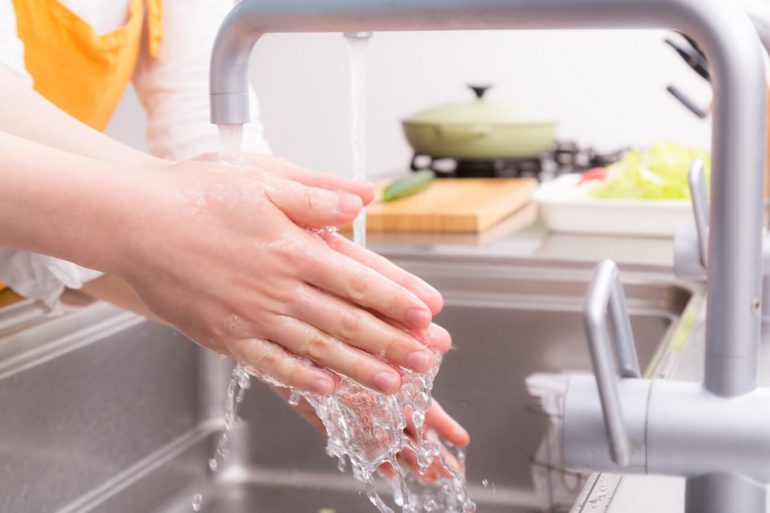
The first case is “a payment method where utilities are included in the common service fee”. All tenants pay a fixed amount every month.
The advantages and disadvantages are as follows.
Advantages: Easy to calculate your budget, no need to worry about water and electricity usage.
Disadvantages: If you don’t cook for yourself much, it may not be affordable.
It is not only water and electricity expenses that are included in the common service fee. It includes all the daily necessities, the internet, etc., so there is no need to save money for them.
On the other hand, if you don’t use water or gas much, it might be a waste of money. This is because you have to keep paying a fixed amount even though you don’t use them.
For those who spend less time at home or cook for themselves less often, living alone may be cheaper in terms of utilities.
Case 2: Share house rent + common service fee + utilities cost (fixed fee)
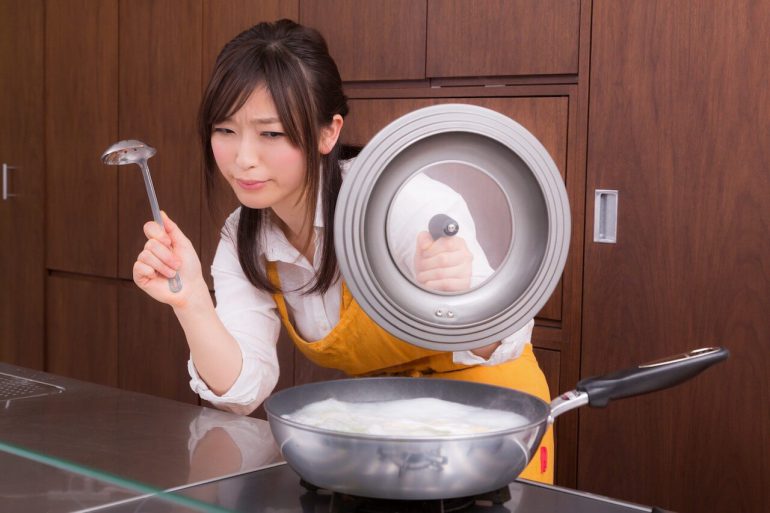
The second case is “a payment method in which the common service fee and utilities fee are calculated separately”; both are set at a fixed amount, such as 5,000 yen per month, and tenants pay the fixed amount together.
The advantages and disadvantages are as follows.
Advantages: You know what you paid for and how much of it is being spent.
Disadvantages: The amount you pay for utilities may change some time after you move in.
Since the common service fee and utilities are separated, it’s easy to see what and how much money is being spent.
One thing to keep in mind is that if other tenants are using a lot of water or gas, the amount may change, for example, the owner may notify “Since the utilities expense is high, I’ll change the fee”. Since the fee may change according to the amount used, you may need to save water or electricity.
However, people who do not cook for themselves do not have to worry about losing money because even if you use less electricity in the kitchen, you still use electricity in your room or other things.
Case 3: Share house rent + common service fee + utilities (bills will be split every month)

The third case is “a method in which the rent, common service fees, and utilities of the shared house are each separated, and the utilities are divided by the amount used and the number of residents”.
The advantages and disadvantages are as follows.
Advantages: If you save money, you may be able to reduce your utilities bill.
Disadvantages: The cost you pay will change depending on the month.
The utilities fee is calculated based on your monthly usage, and divided by the number of people living in a shared house.
For example,
– Divide the utilities bill for the entire house by the number of residents.
– Calculate the amount of electricity used in each room and tell the amount to each person.
– Divide the utilities bill for shared space by the number of residents.
Therefore, depending on the usage of each month, the fee you pay will change.
On the other hand, if you cooperate with other residents, you may be able to save on your monthly utilities bill.
The way to split the cost depends on a shared house. Before moving in, it is recommended to check the following points.
(1) How will you split the cost?
(2) How you’ll pay for your share (bank transfer, someone collecting the money, etc.)
If you ask your landlord or the management company, they will be able to tell you.
We recommend the case 1 “Shared house rent + common service fee (utilities included)”
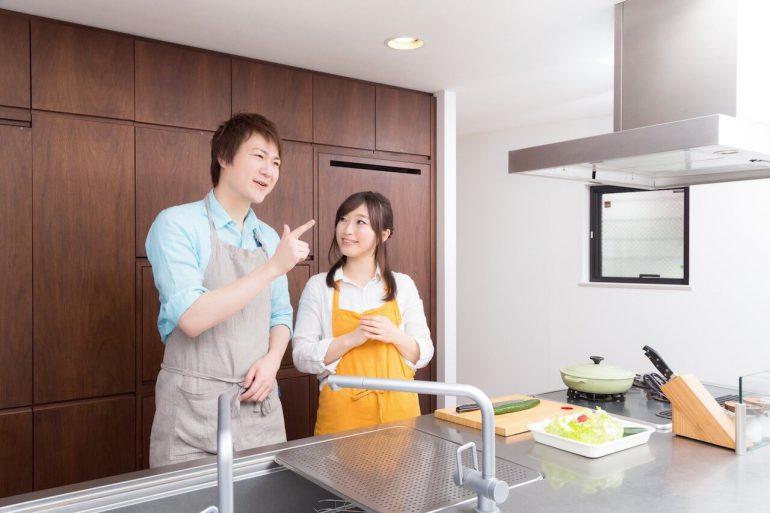
We have introduced various payment methods, but the first one, “share house rent + common service fee (utilities included)” is the most recommended.
With this payment method, the monthly payment is fixed and can be considered as a lump sum, making it easy to calculate your household budget.
Also, since the fee does not change depending on the amount used, there is no need to save money on utilities every time. You can use water, gas, and electricity without worrying about it.
Furthermore, by having a fixed monthly payment, you can avoid problems such as “who’s using too much electricity?”.
If this is your first time living in a shared house, be sure to check in advance about paying for utilities.
In Shared House Hidamari: utilities are paid as “Utilities / internet Fee”.
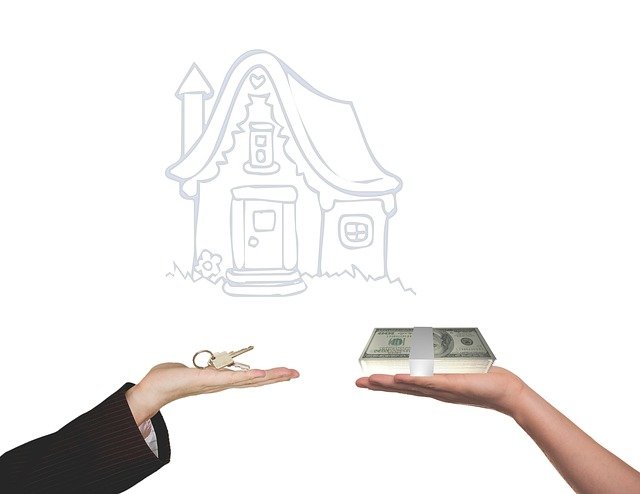
In the case of Shared House Hidamari, you will pay for utilities as “utilities / internet fee”. This is similar to the “utilities are included in the common service fee” described in the first section, and you will pay a fixed amount every month.
The average price is 12,000 yen. As it includes the cost of the internet, which is a reasonable price for living expenses.
Recommended properties with low utilities bill in Shared House Hidamari

Lastly, we’d like to introduce you to some of our recommended properties with low utilities bills.
– Yokohama Dot Terrace
Yokohama Dot Terrace is a female-only shared house located in Yokohama City.
The utilities fee of Yokohama Dot Terrance is 7,000 yen. At this shared house, you can use water, gas, and electricity for less than 10,000 yen, and the cost of the internet is also included.
If you live alone, it’s difficult to cover everything at this price, so you’ll be able to save a lot on living expenses.
Although the common service fee is inexpensive, Yokohama Dot Terrace is fully equipped with solid construction that prevents sound leakage and also provided with an open kitchen.
You can live in a spacious house at a low price, so you can save on living expenses and save money.
【Details of the property】
– Rent + common service fee: 19,000 to 49,000 yen + 7,000 yen
– Number of rooms: 15
– Number of residents:17
– Nearest station: Sotetsu Main Line “Tennomachi Station”, JR Line “Yokohama Station”, Tokyu Toyoko Line “Yokohama Station”
→ See details of Shared House Hidamari “Yokohama Dot Terrace”!
Yokohama Dot Terrace is particularly inexpensive, but most of the shared houses in Hidamari set the common service fee at 12,000 yen.
Other shared houses are also cheaper than living alone, so try searching for a property based on the area you want to live in.
Summary: Utilities in a shared house are a lot easier when they’re included in the common service fees!
In this article, we explained the average price of utilities in a shared house and how to pay for them.
To recap, the cost of utilities in a shared house is about 10,000 yen. This includes the cost of daily necessities and the internet, so it’s possible to save money on living expenses.
And as for the payment methods, we introduced the following three.
(1) Rent + common service fee (fixed amount including utilities)
(2) Rent + common service fee + utilities (fixed amount)
(3) Rent + common service fee + utilities (bills will be split every month)
The most recommended option is (1) rent + common service fee (fixed amount including utilities). With a fixed amount, it makes it easier for you to manage your daily finances.
While referring to Hidamari’s recommendations in the last section, please consider moving into a shared house.
Also, even though shared houses have low utilities bills, the kitchens are often spacious and comfortable to use.
For more information on recommended properties with spacious kitchens, please read the following article.
→ “3 recommended share houses with a spacious private room and kitchen, including the introduction of the ways to find spacious share houses!”






